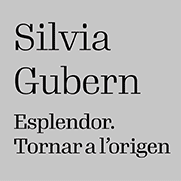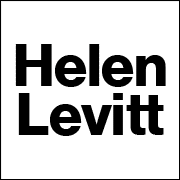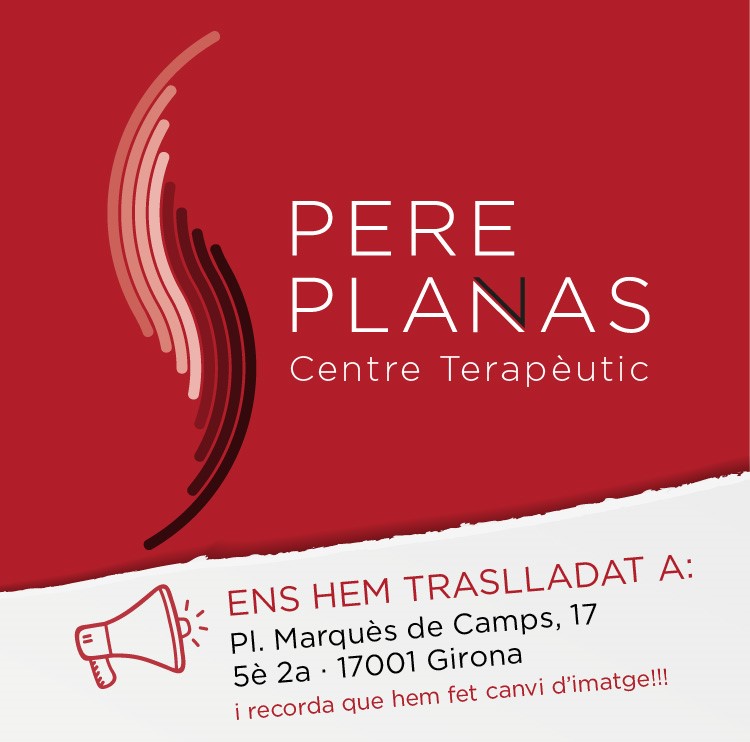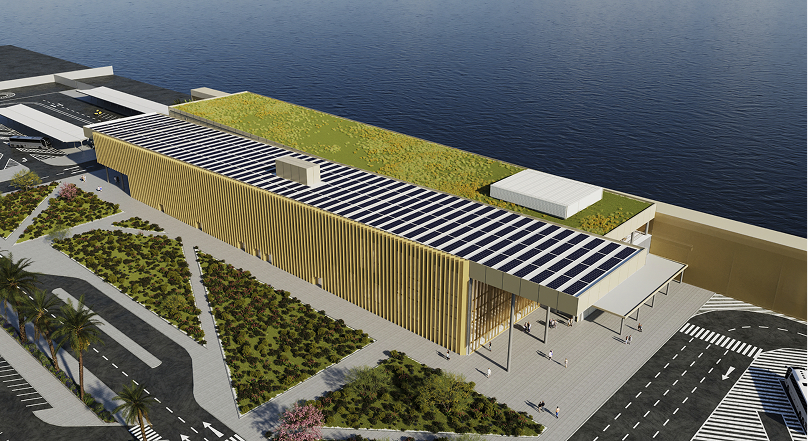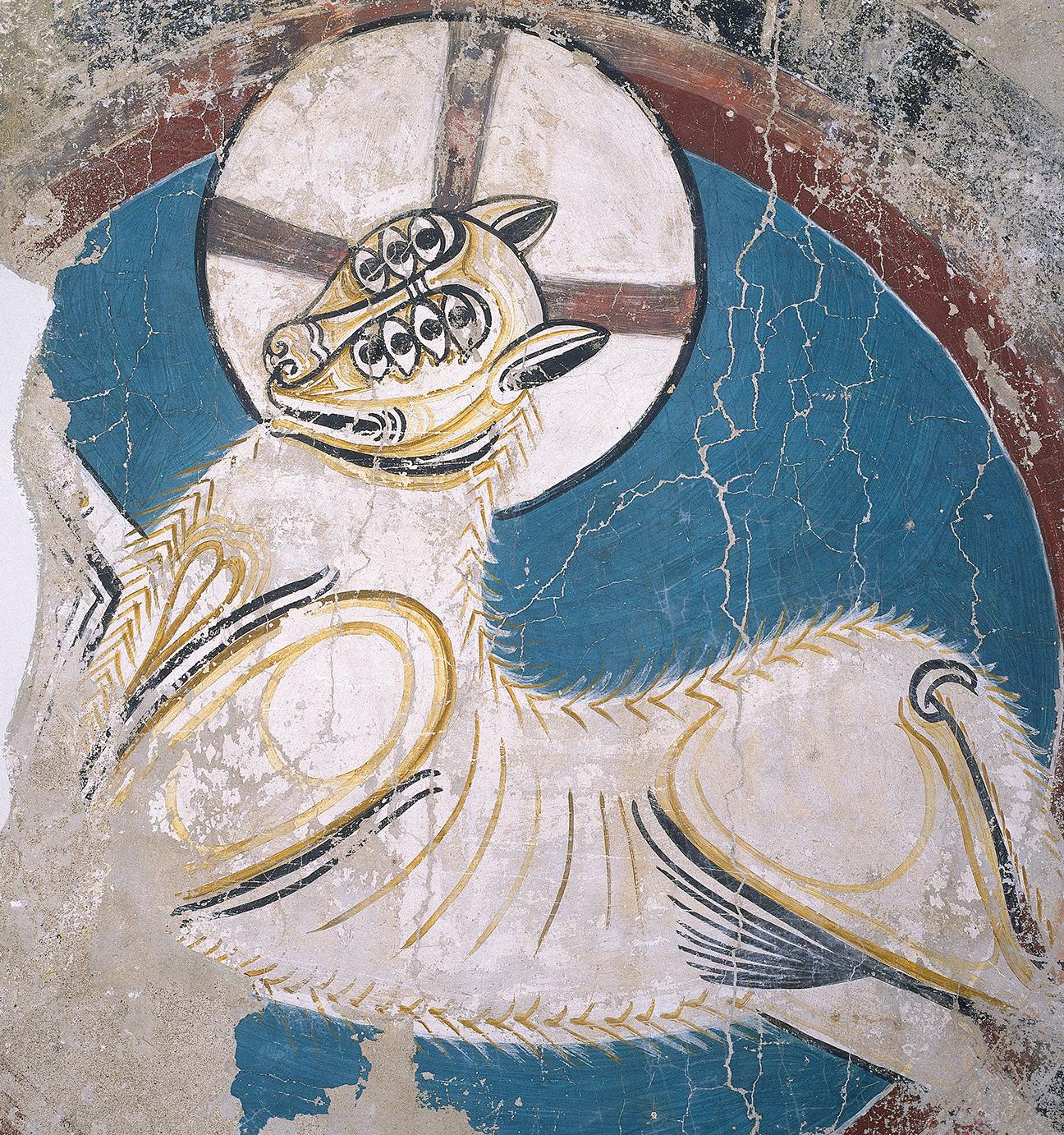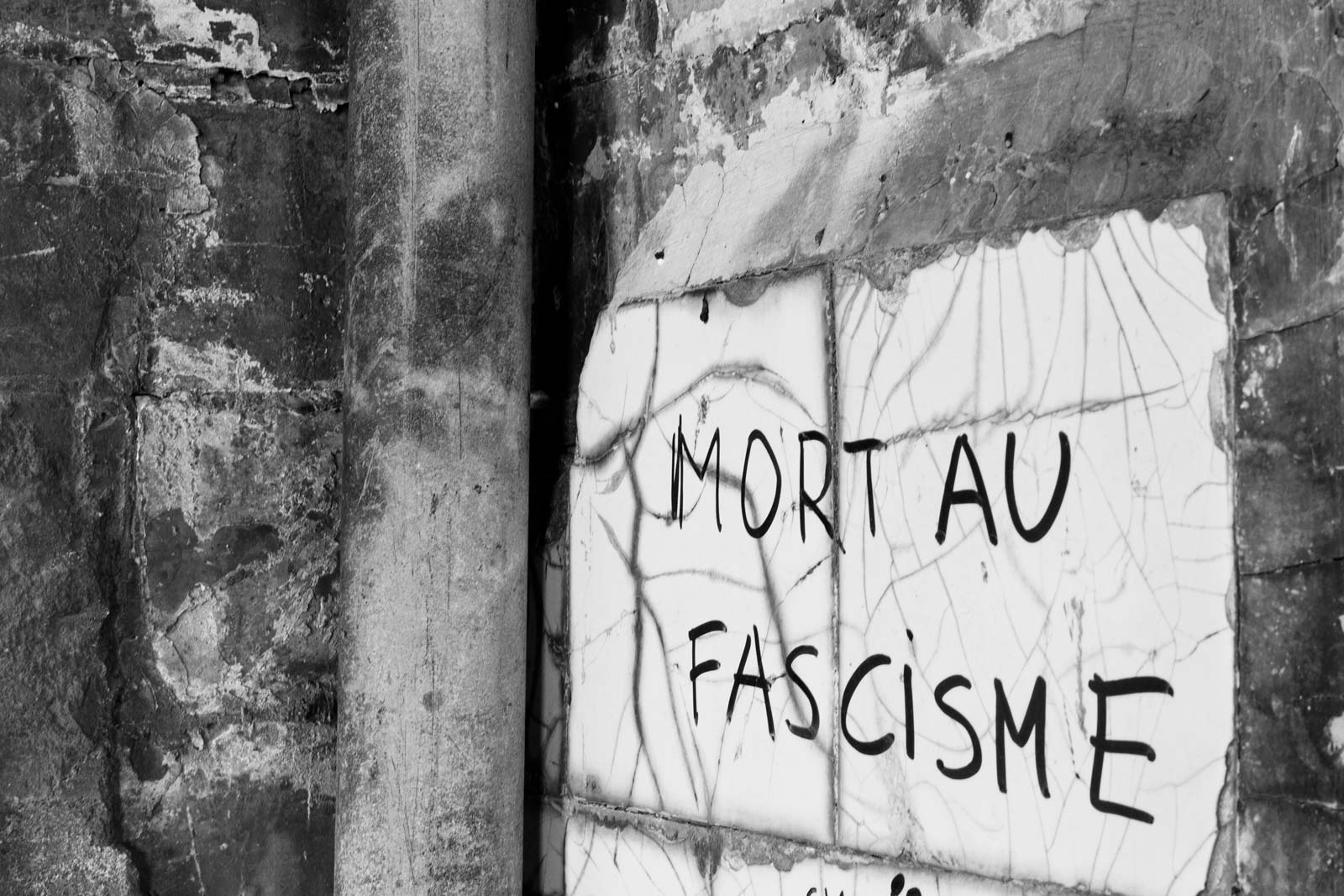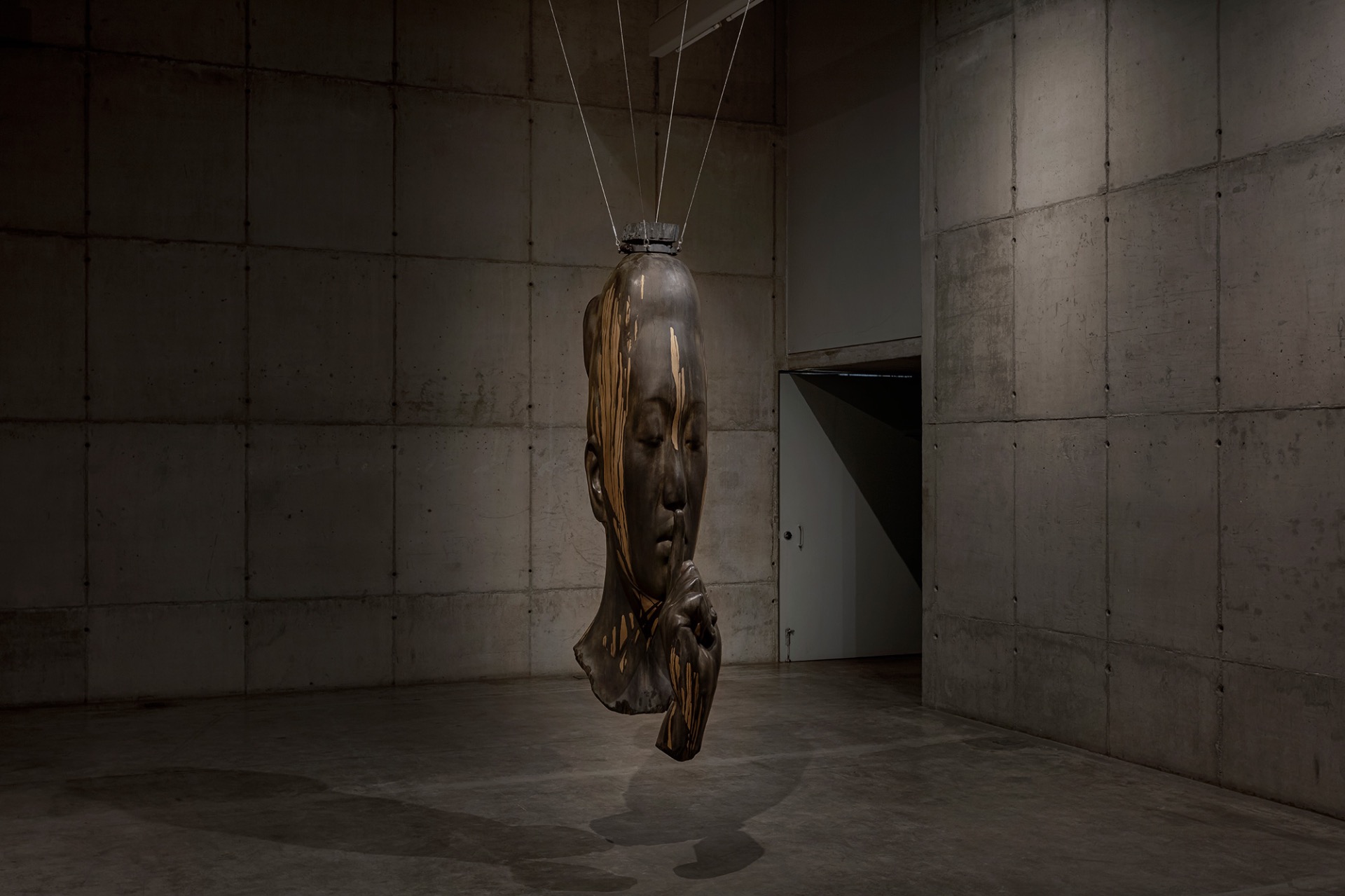Exhibitions
Marisa González: a generative way of doing things
The Reina Sofia Museum presents the great anthological exhibition of the Bilbao artist
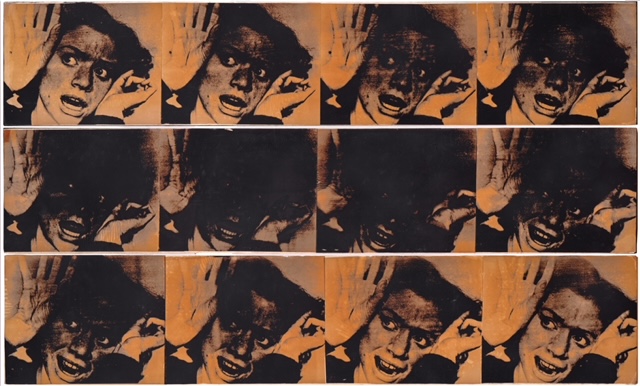
Marisa González takes full power with a spectacular temporary exhibition at the Reina Sofia Museum in Madrid. And she does so as an artist ahead of her time, with a generative approach - this is the title of the anthological exhibition - creating a combination between artistic creation and communication technology, as well as image reproduction.
A journey that starts from the point of review of her artistic career, with differentiated works such as photography, photocopying, video or computer. Winner of the Velázquez Prize for the Arts in 2023, the artist from Bilbao, at 81 years old, continues her incessant work in Madrid and her studio shows not only the work of a great artist, but also her entire aesthetic and intellectual universe.
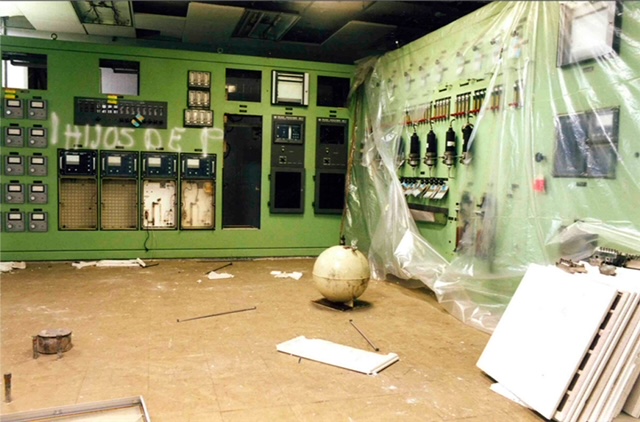 Sala de controles (Hijos de P...), 2003-2004, col·lecció de Marisa González
Sala de controles (Hijos de P...), 2003-2004, col·lecció de Marisa González
Manuel Segade, director of the Reina Sofia Museum, explains that it was a debt to create this exhibition, but it is also a recognition of Marisa González's career within the artist's aesthetic universe, without forgetting her contribution to feminism, violence against women, her opposition to nuclear power plants, exploitation in the workplace or ecology. The artist, who in 1986 curated one of the museum's inaugural exhibitions, Processes: culture and new technologies, recognizes that every artistic work lasts years and with this exhibition it is a small representation of all her work.
Five decades of work, creations, ideas, twenty series and projects, under the curatorship of Violeta Janeiro Alfageme. “Marisa González has created her own method, a language and a leading role based on immediacy, chance, trial and error”, explains the curator of the exhibition at the Reina Sofia Museum which can be visited until September 22, to later travel from October 29 to the Azkuna Zentroa - Alhóndiga in Bilbao.
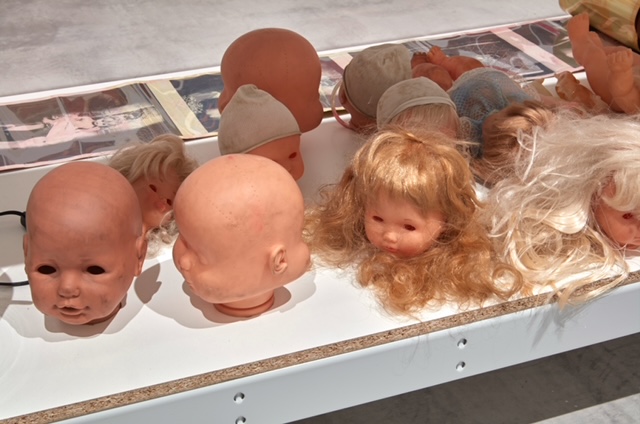 Vista de l'exposició Marisa González. Una manera de fer generativa. Arxiu fotográfico MNCARS
Vista de l'exposició Marisa González. Una manera de fer generativa. Arxiu fotográfico MNCARS
The exhibition will make the viewer stop with powerful works such as La descarga from 1975-77, Elles, filipines projects from 2010-2013 or Nuclear Lemóniz from 2004-2008. It will also be important to take a look at the installation Estació Fax/Fax Stations that he created at the Círculo de Bellas Artes in Madrid in 1993, where the artist encouraged a more communal, less competitive and more horizontal dynamic between artists.
The works of generative systems of the seventies are transferred to the work of Marisa González in the United States, specifically in Chicago. It is almost the beginning of the exhibition and there it will be possible to create a dialogue with key works of her career, since there is a process of multiple images to achieve different visual effects, colors and textures. These new reproduction technologies allowed the Bilbao artist to generate variations, multiplications and fragmentations. Each element of Marisa González tells a story and the viewer will find himself in front of a work full of stimulating and reflective moments.


